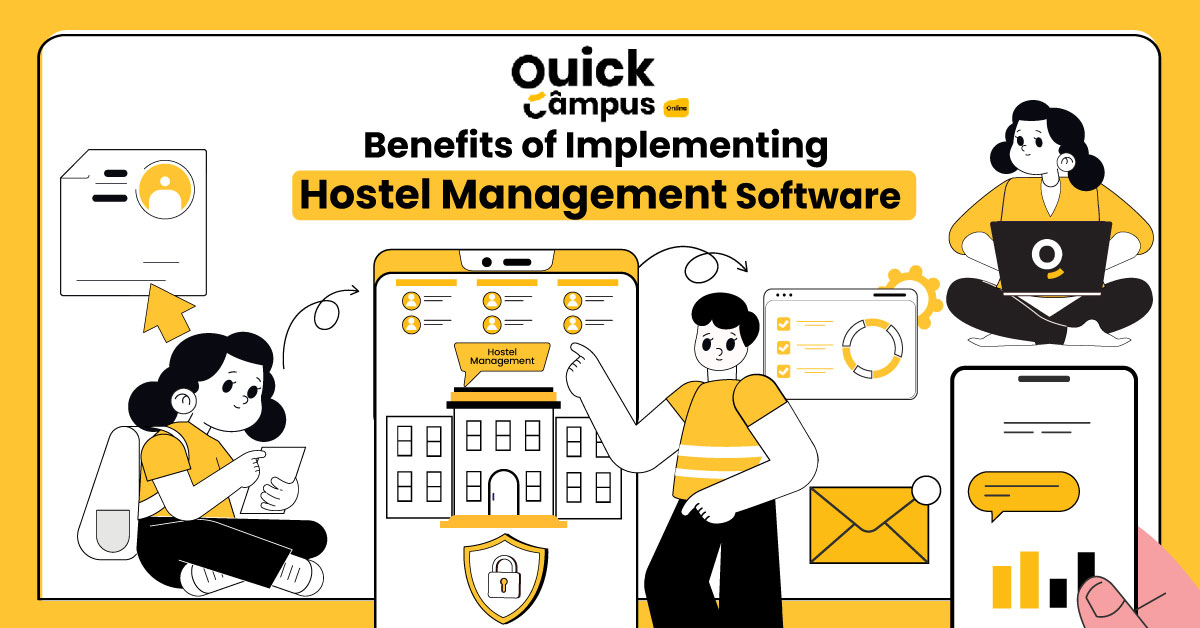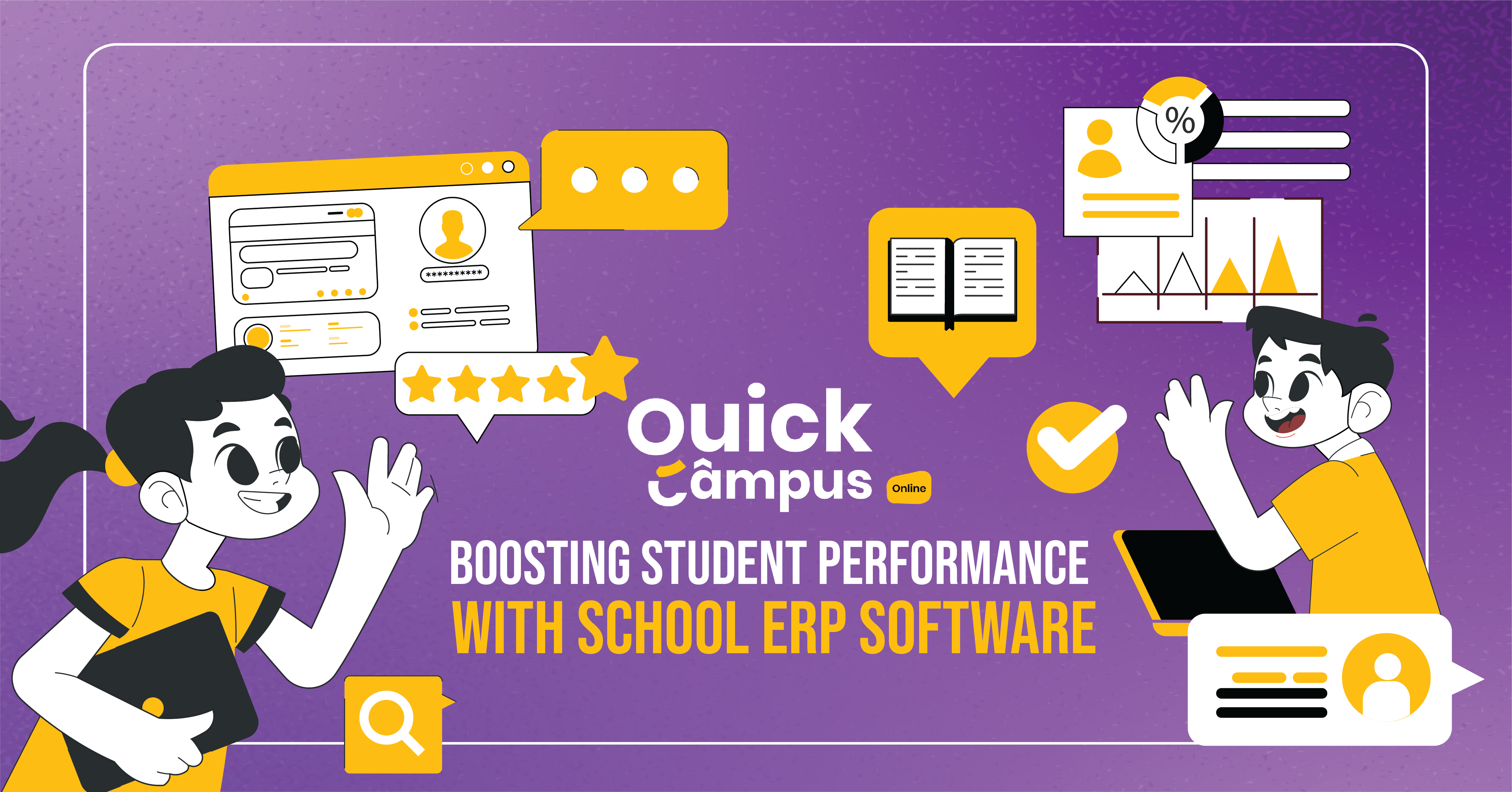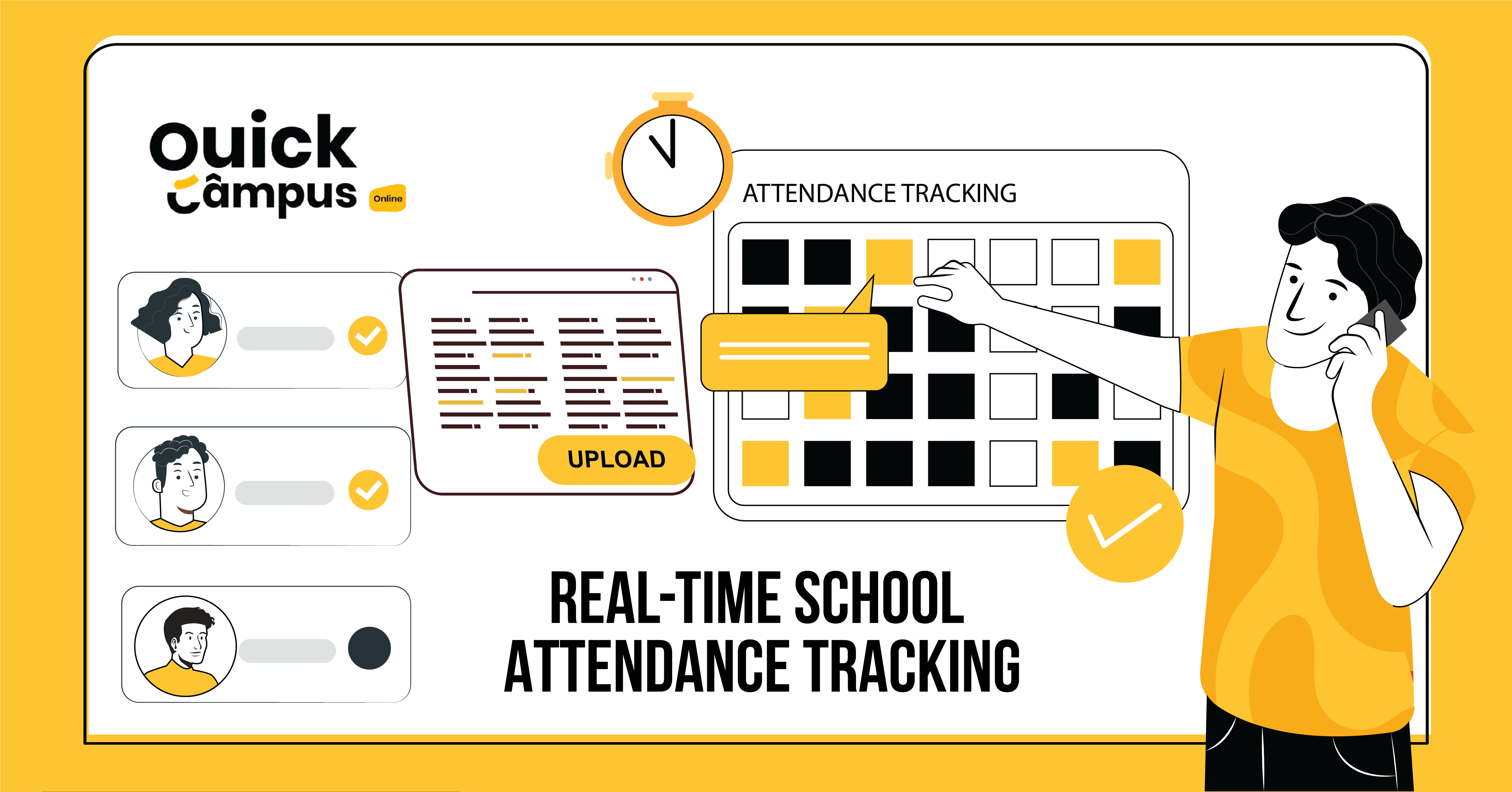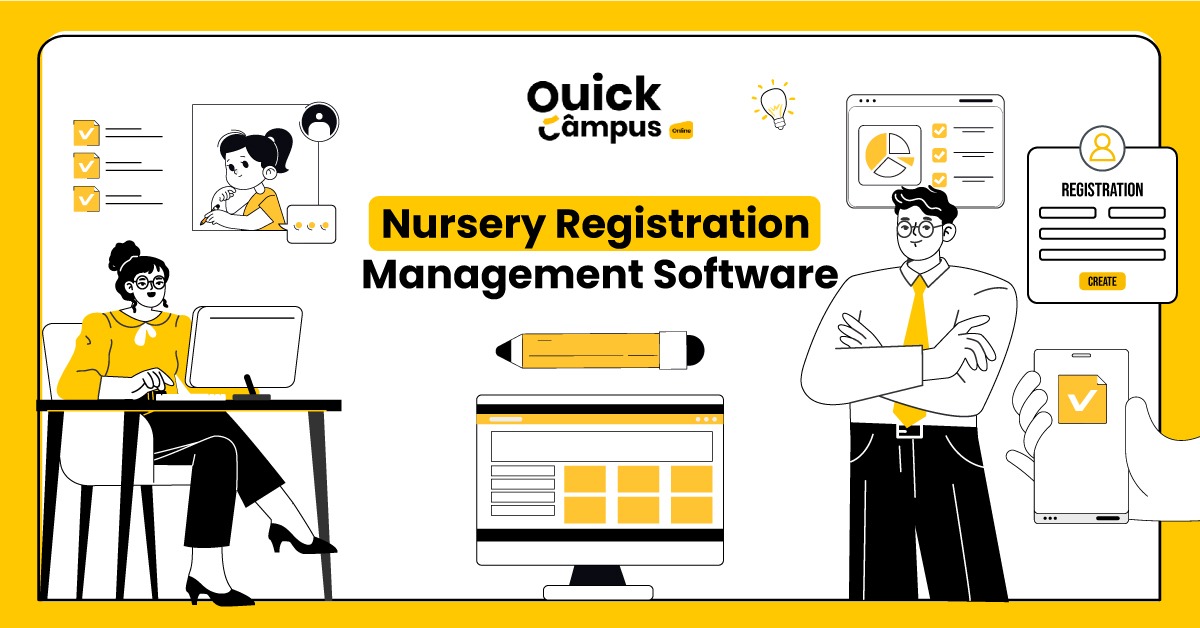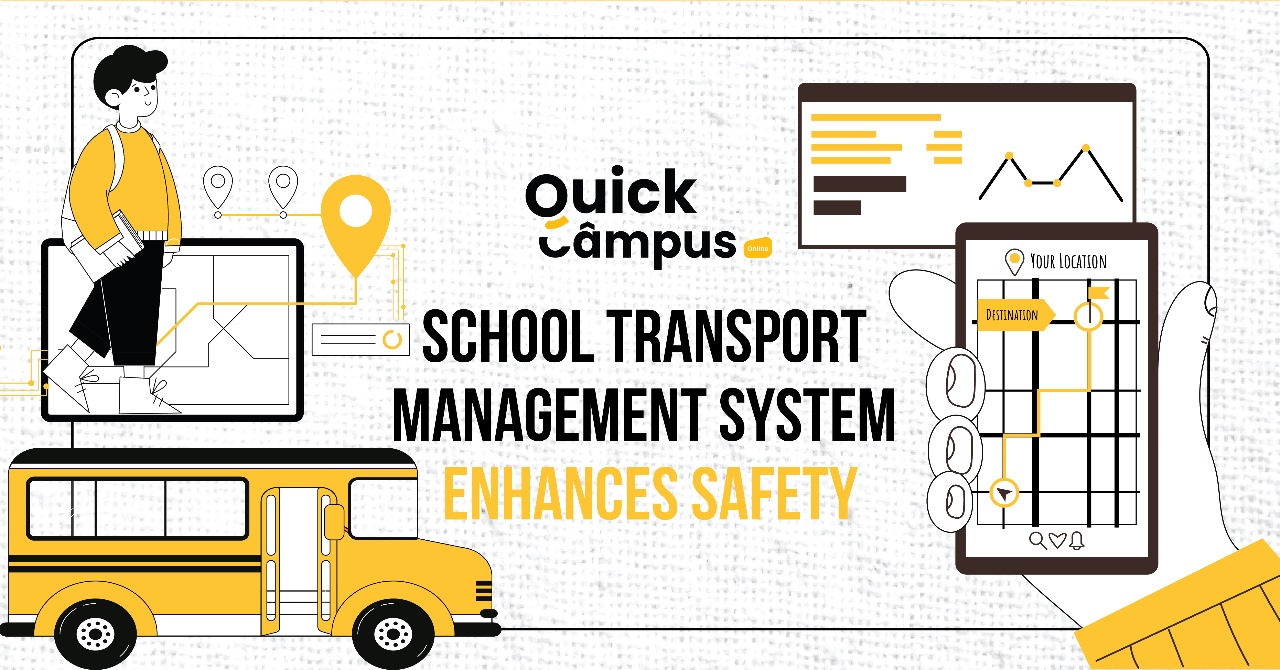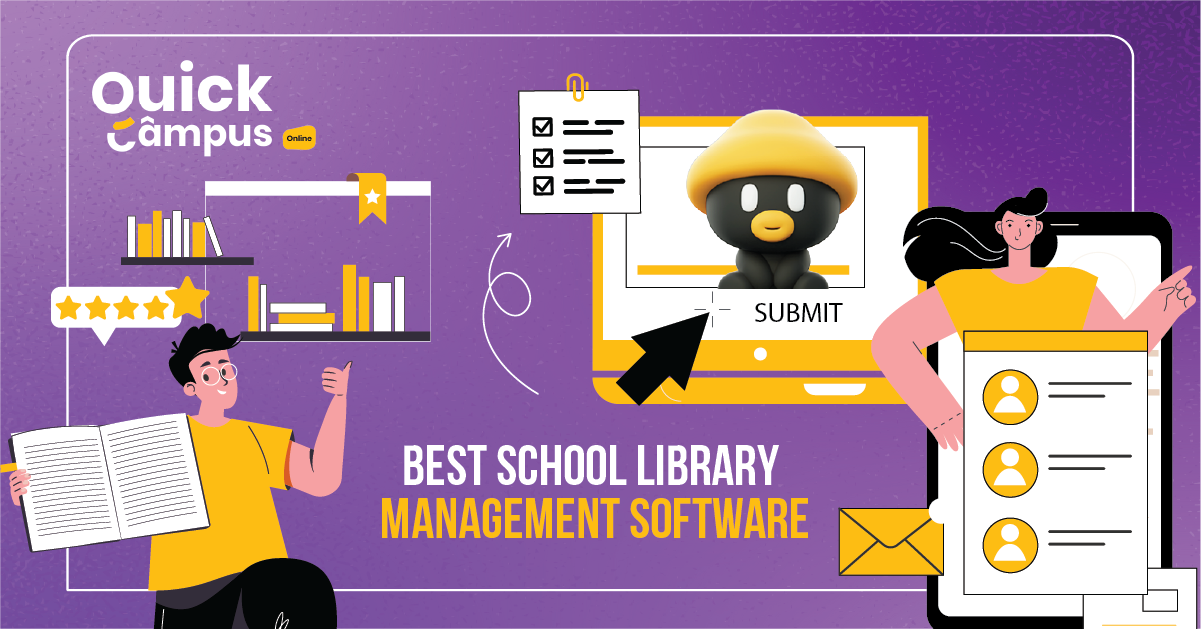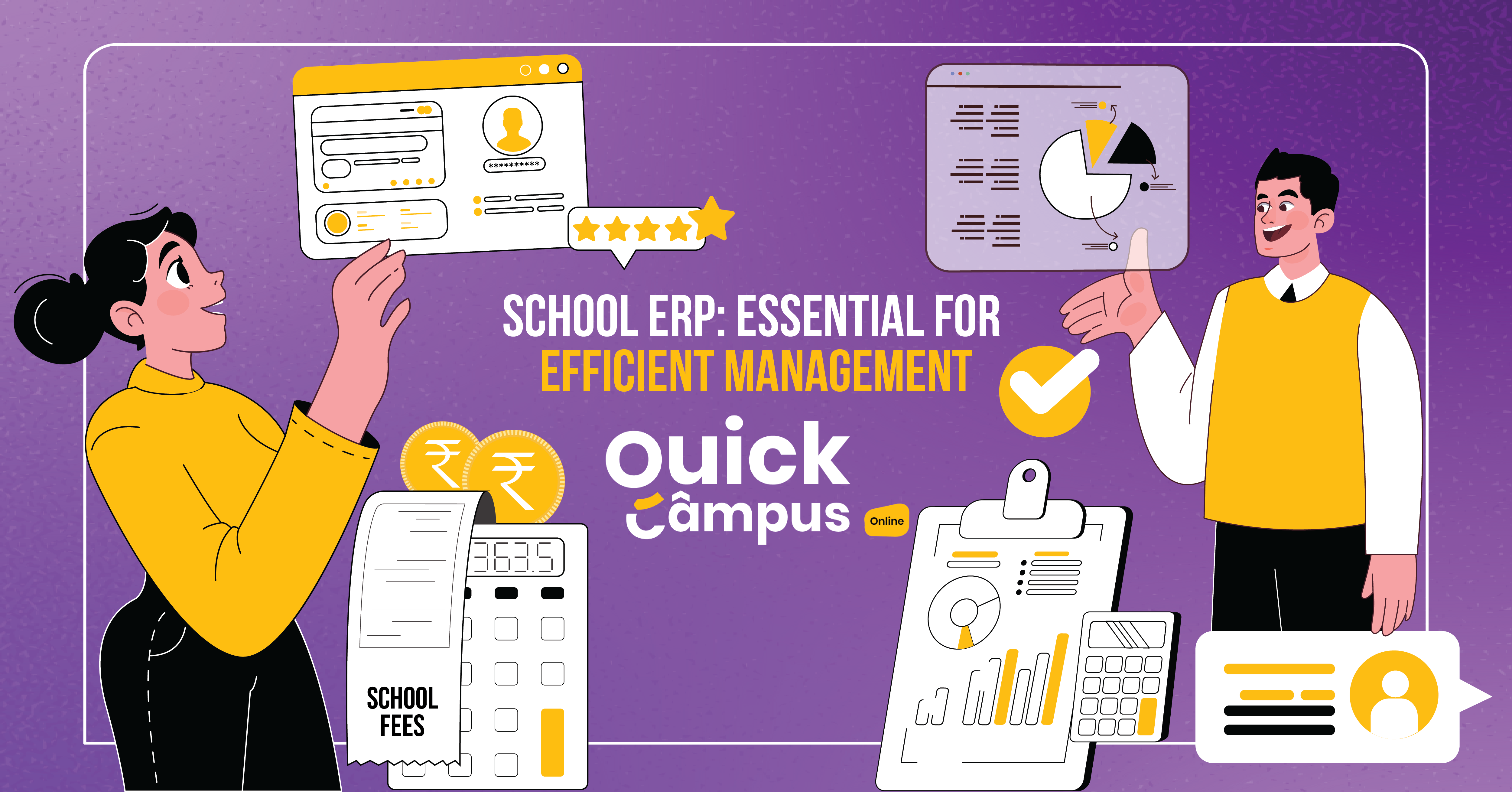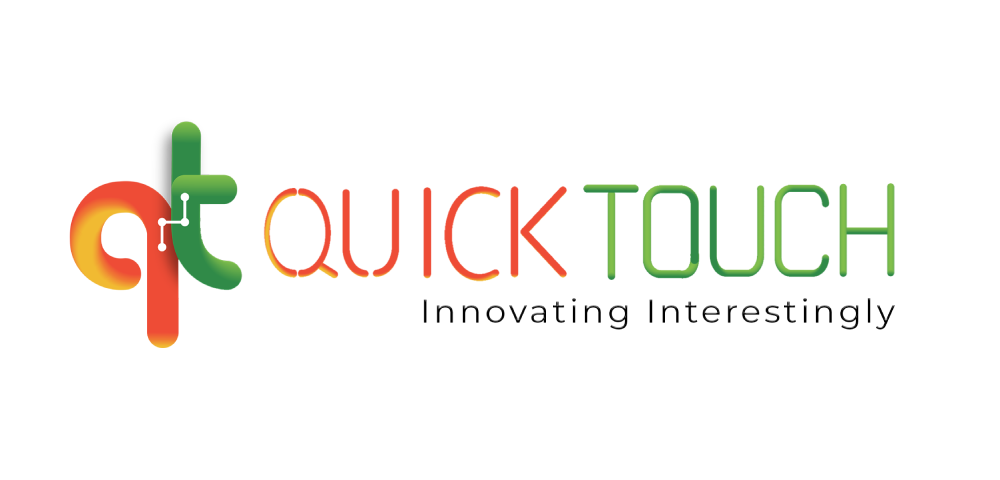10 Tips For Teachers To Create Student Engagement In Classroom
Being a teacher is a noble profession. Consider the world of higher education, where lecturers have to make students understand difficult concepts within a time frame. Sounds easy, right? But it is not. Capturing the attention of students, regardless of age, is similar to navigating a labyrinth. It is the ultimate blend of clarity and speed.
But does this problem have any solution? Yes, the solution is student engagement. 68% of the teachers in the US have seen significant changes in the learning process when they have used student engagement strategies.
But how to increase engagement in a classroom? How do teachers bridge the gap between theory and practicals? Keep reading to explore our 10 invaluable tips for cultivating dynamic engagement and optimizing academic outcomes!
10 Interactive Teaching Methods For Teachers To Keep Students Engaged

Student engagement is essential to create a collaborative learning environment. Interaction with students is a key element of effective classroom engagement strategies. If you’re seeking effective engagement strategies for students, your search ends here! Here are the best strategies that can be incorporated into your school management system:
1. Creating A Welcoming Atmosphere
Creating a collaborative learning environment atmosphere forms the basis of student engagement. An inclusive learning environment is one of the most effective engagement strategies. This is achieved by fostering positive relationships among students. Here’s how you can do it:
- Greet students warmly
- Learn their names
- Showcase diverse materials
- Encourage respectful communication
- Celebrate achievements together.
2. Engaging Students With Active Learning Approaches
Engagement activities for students enhance attentiveness, encouraging active participation, collaboration, and interaction with peers in the learning process. This approach nurtures critical thinking, problem-solving, and creativity, elevating the significance and depth of learning. Here are some of the activities you can opt for:
- Group discussions
- Practical assignments
- Project-based lessons
4. Empowering Students Through Choice And Personalization
Enhancing the teaching experience involves providing students with the autonomy to make choices and personalize their learning. This is the duty of a teacher to encourage students to have input in selecting topics, determining learning paths, and even arranging seating, fostering intrinsic motivation and engagement. Student-centered conferences and self-evaluation opportunities offer additional avenues for student-initiated learning and reflection on the learning process.
5. Enhancing Engagement With Real-World Connections
Establishing connections between classroom content and students’ lives is crucial for sparking curiosity and enthusiasm. This can be achieved through various methods, including:
- Providing relevant examples related to current events. Real-life examples are a major way to engage students and help them understand practical aspects.
- Schools can also invite guest speakers to conduct workshops.
- The school management system can also arrange field trips to help students understand practical applications in detail.
6. Encouraging Collaboration For Enhanced Engagement
Collaborative learning fosters active participation and peer interaction, enriching the overall educational experience. Teachers can facilitate collaborative learning by:
- Assigning group tasks to encourage interaction
- Incorporating games, including role-playing in a cooperative structure
- Promoting the exchange of feedback.
7. Energising Learning With Active Brain Breaks
Scheduled brain breaks provide students with valuable opportunities to renew their energy and focus during learning sessions. Short activities like sports, memory games, and mindfulness exercises offer students a break and enhance their concentration. Teachers can conduct these activities to encourage student relaxation and collaboration.
8. Empowering Growth through Timely Feedback
Students require prompt and purposeful feedback to enhance their learning. Instructors can achieve this by establishing evaluation standards and providing personalized assistance. Several feedback mechanisms must be incorporated into the learning system. This increases student engagement and involvement in the learning process.
9. Developing a Growth Mindset For Student Empowerment
Teachers support engaging learners by teaching them about growth mindsets. They do this by explaining how brains can change and by encouraging them to see mistakes as opportunities to learn and grow. This helps students stay interested and motivated in their learning journey.
10. Promoting Meaningful Teacher-Student Relationships
Engaging students in learning requires effort. Building teacher-student relationships based on experience, inclusivity, and mutual respect forms the foundation for community partnerships. To nurture these connections, teachers should engage in direct and personal communication with students. Every school should provide resources like activity books and smart classes to facilitate teachers in creating bonds with students, fostering a conducive learning and collaborative environment.
Empowering Students Through Engaged Learning!
Engaging students is a critical aspect of effective teaching. Teachers must use all the strategies to contribute to students’ academic and personal development. Remember, student engagement involves creating an environment that fosters collaboration.
Experience the benefits of the top school management software benefits from Quick Campus! As the first Indian edu-tech marketplace, Quick Campus is your gateway to an evolving educational, technological ecosystem that nurtures creativity and innovation in the education sector!
How Can Technology Enhance Student Engagement In The Classroom?
Students can feel more engaged in learning with smart classes, educational apps, and animations. These make the lesson more interesting and easy to understand.
Why Is Fostering A Growth Mindset Important For Student Success?
It is important to promote a growth mindset as it promotes a positive attitude toward learning. This will make the students learn and grow at the same time.
How Can Teachers Build Meaningful Relationships With Students?
Teachers can build meaningful relationships with students by knowing them personally. They can also play games and interact with them to understand their needs and choices.

